Horizontal and horizontal drilling techniques
The plan of construction of horizontal drilling technology (HDD) and drawing HDPE pipes applies to the following jobs:
Horizontal and horizontal drilling techniques
Chapter I: Horizontal drilling
The plan of construction of horizontal drilling technology (HDD) and drawing HDPE pipes applies to the following jobs:
I. PRIMARY SURVEILLANCE, SOLUTION, AND CONSTRUCTION RATIO.
I.1. Collection survey, calculation solution.
The head private links with main permissions, get the table of the interface in the public;
In the face of the expected construction, the company's supervising personnel conduct an accurate verification on the horizontal drilling construction location described in the profile design, welding power source, clean water combined with drilling fluid. , safe location to gather construction waste (residual sludge), the server will handle it according to the regulations on the environment, hygiene and safety,...
Construction team, Mathematics surveying on the special ground, becoming owners (trees, houses, lines, underground cables, sewer pipes, embankments, ...), locating drilling machines, welding HDPE pipes combination, standard pipe layouts, combined equipment path construction options, materials, possible obstacles, and solutions to speed up progress.
Derived from natural conditions: face by, traffic, weather. To overcome these difficulties and speed up the progress, the horizontal drilling companies must follow the following criteria:
1. Optimize mobilization sources for every paragraph.
2. Resources are arranged for the smooth coordination between schools with school and construction tools, with the main authorities, local people, functional agencies, and the Investor to not interrupt the construction process.
3. Strictly check, find out potential risks, focus on immediate treatment to prevent potential problems from developing into problems.
I.2. Construction plan.
The construction plan is to streamline the following tasks:
1. Site conversion tool, construction of transport machines at construction sites by the server, HDPE plastic pipes transported to the site.
2. Career guidance.
3. Scientific work.
4. Connecting the machine and pulling the HDPE pipes, connecting.
5. Disconnect the device, tidy up the computer.
II. DRILLING METHODS
II.1 Drilling in horizontal orientation (pilot bore)
Guide control is based on the asymmetric mechanism of the drill attached to the drill head.
Drill with a maximum slope angle of 30%, to design depth then turn to 0%. At the changing position, bring the drill bit to an angle of no more than 30% to bring it to the destination.
Based on the blueprint, use the TriHawk drill bit to drill at a suitable inclination angle. When the drill head reaches the design direction change point, adjust the tip of the drill to a "12 clock" angle and then use the thrust to gradually change the direction of the drill to the horizontal with the predetermined depth according to the design.
Then continue the traverse using a rotating technique - pushing the drill head until the trip point is upwards. Continue to adjust the tip of the drill head to the "12 clocks" angle and use the drill head thrust to advance towards the pre-set target point. During the drilling process, the drilling fluid is pumped down to lubricate and reinforce the borehole wall.
Direction control is controlled based on the asymmetric mechanism of the drill bit mounted on the drill head.
The whole signal serving the direction of the drill head is determined by the transmitter inside the drill head, this transmitter must be continuously active during the drilling and ensure to send the signal. at least 15m away from the water surface.
This information is transmitted by the detector via radio waves to the remote display device located on the drill to help the operator orient the drill according to the design.
Directional drill bits must be strictly controlled to follow a predetermined direction by design and must strictly comply with permissible curvature.
II.2. Back reaming:
1. Drilling line expansion technique.
After the directional drilling is completed, the TriHawk drill head and the drill bit will be replaced with a reamer. Applying the rotation-pulling technique to bring the lagoon back to the drilling machine at a suitable speed with the geological strata of the tunnel passing along with a suitable amount of drilling fluid to be pumped in to create the tunnel. , for tube pull.
The break-in headworks to expand the drill line into a tunnel of sufficient size to successfully pull the pipeline (at least equal to 120% of the pipe diameter to be pulled).
2. Drilling fluid used for construction
3. Functions of drilling fluid.
Drilling fluid is the key ingredient to the success of drilling, basically, the drilling solution is a mixture of water, bentonite, and additives. The amount of bentonite used is calculated based on geotechnical parameters and borehole diameter and length.
The drilling fluid has the following functions:
- Cutting, mixing soil, rock, sand in the tunnel where the drill head, the lagoon passes through when being pumped with high pressure.
- Establish and maintain tunnel stability (avoid tunnel collapse).
- Lubricate drill heads, breakers, and drill rods, reducing heat concentration on these tools.
- Transporting soil, rock, and sand in the tunnel.
With the geological area of salinity or high pH, some additives are added to limit the deterioration of these functions:
Main agent: Aus - Gel Au. Agent: XAN BORE
Au. Agent: AMC - Pac – R
Another important feature of drilling fluids is that they are reusable through the use of recycling equipment.
II.3. Pulling of the HDPE pipe (pulling back):
1. Pipe pulling technique.
The HDPE pipe is pulled by the force transmitted from the drill through the reverse breaker structure attached to a rotating joint with a rotating technique - pulling the drill rod to gradually move towards the drill.
The drilling fluid is pumped into the tunnel with the right mode to minimize friction on the pipe body, preventing the possibility of tunnel collapse.
Pipe pulling is carried out with a timetable carefully planned to every detail by the length of the drill line and must be done continuously, with absolutely no downtime. The larger the length of the drill line, the more geological layer changes that lead to an increased risk of the pipe body loading. The drilling fluid must be carefully calculated to always ensure the movement along the pipe body to help lubricate, reduce the possibility of trapping in the process of pulling the pipe.
III. TIPPING WORK:
1. Preparation steps.
- Put the tube in the mounting position of the tube end
- Attach the individual tubes into tube bundles.
- Connect the bundled pipe to the drill rod through a 1-way rotating device.
- Carry out pulling with a reasonable speed for the specified length.
* Prepare the tool to pull the tube
- The top of the tube, roller
- Corn 1-way rotation.
2. Construction of hose pull.
- After the preparation stages are completed, pull the tube.
- Slowly pull the pipe in parallel with the reverse drilling in combination with pump washing with boring lubricant additive to reduce the friction of the pipe and the drilling wall.
- Everyone in the group doing the work must be in constant contact with each other by communication devices.
- Avoid jerking when pulling the tube, always keep the maximum allowable tension.
- In the process of pulling the pipe, if there is any problem, it is necessary to check the obstruction on the route and take timely measures.
- After pulling, at 2 ends, the pipe ends must be covered to protect the pipe.
- After the installation is complete, if the pipeline belongs to the pressure line, it must be checked again with the pressure test pump to ensure that the pipe is not damaged during pulling.
IV. WELDING PIPE.
- The pipe used to pull is a twisted rib, so the pipe used to pull must ensure minimum continuous length as the design does not use connecting pipes, welded pipes, pipes of different types.
Learn more Horizontal directional drilling companies, Pipe jacking vs directional drilling
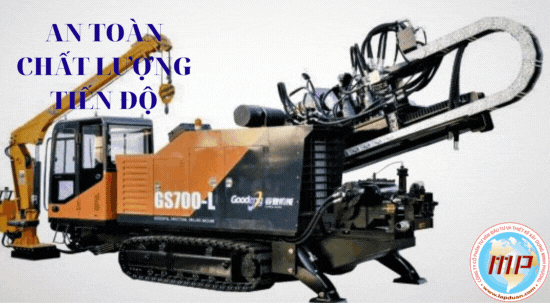
CÔNG TY CP TƯ VẤN ĐẦU TƯ & THIẾT KẾ XÂY DỰNG MINH PHƯƠNG
Địa chỉ: Số 28B Mai Thị Lựu, Phường Đa Kao, Q.1, TPHCM
Hotline: 0903649782 - (028) 3514 6426
Email: nguyenthanhmp156@gmail.com


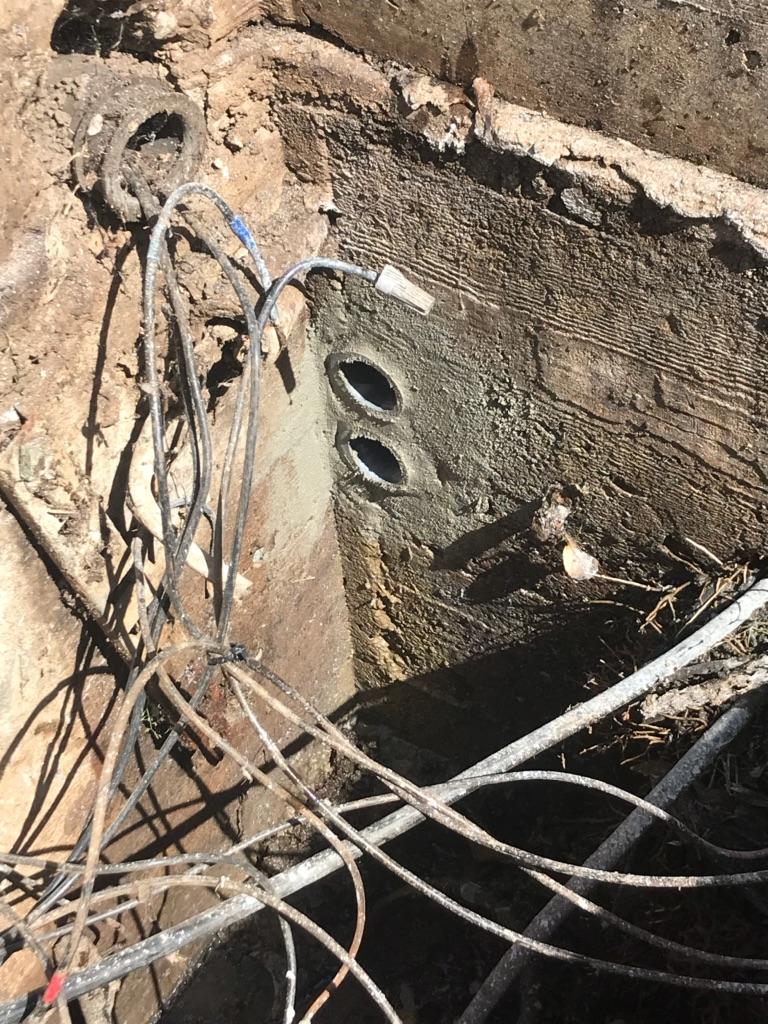
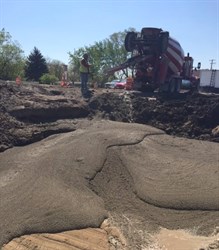
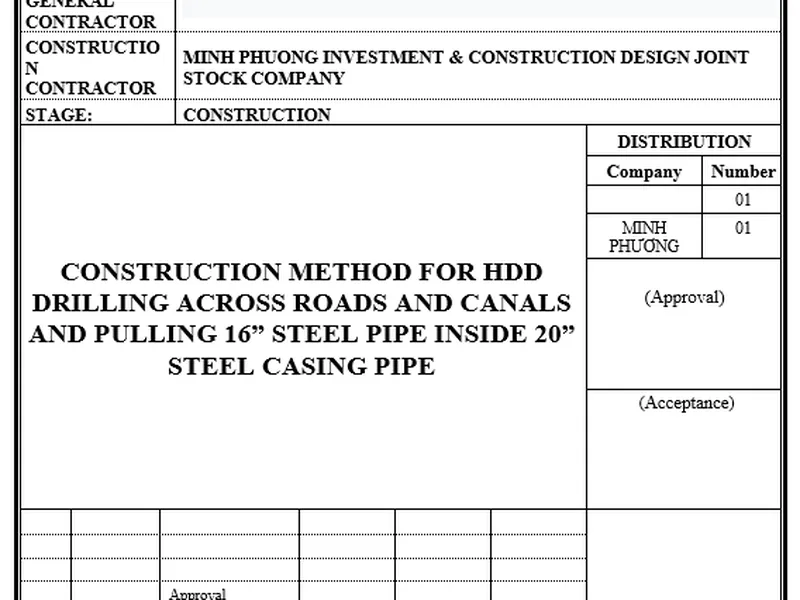
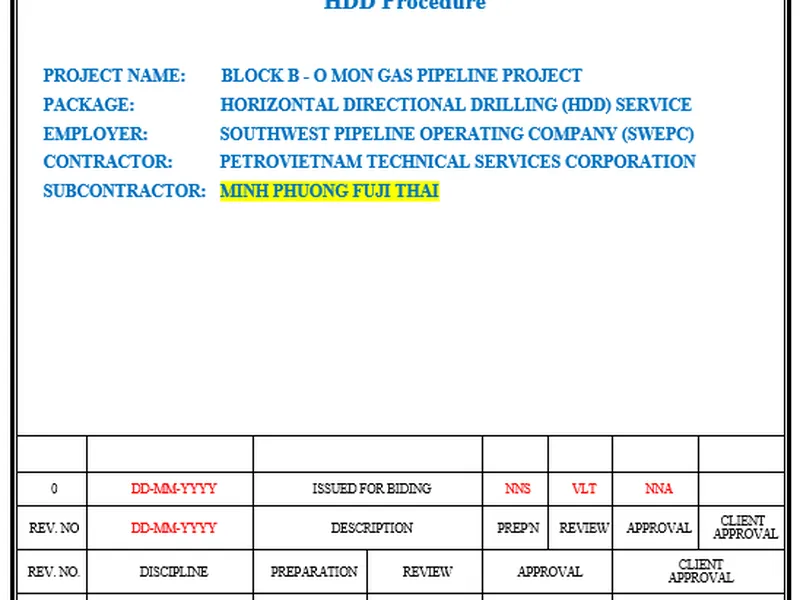
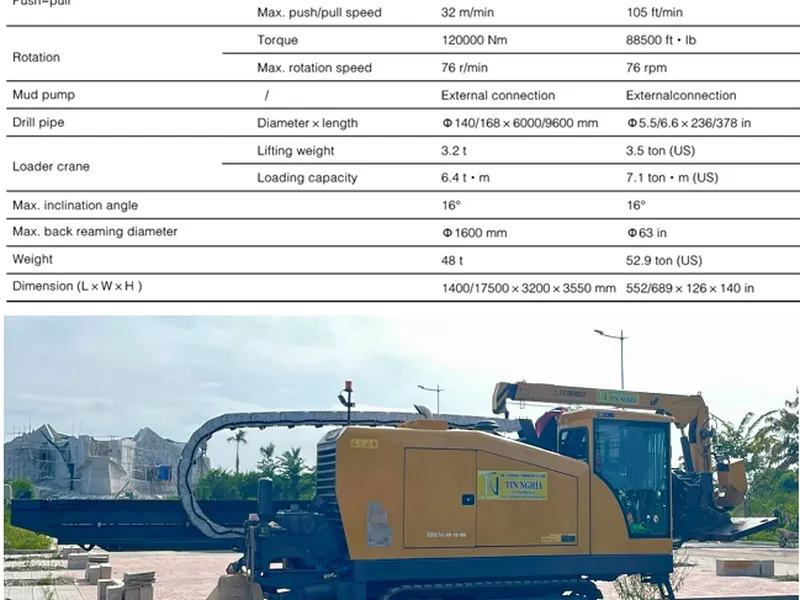

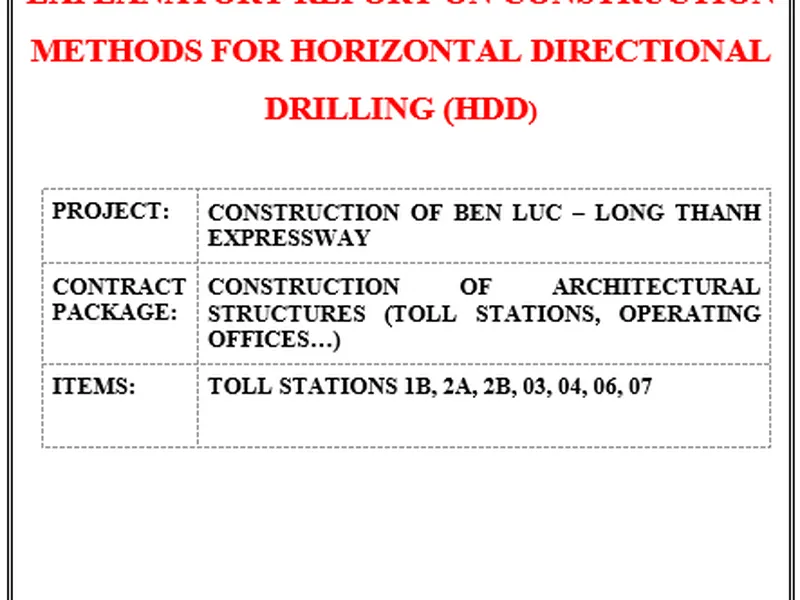
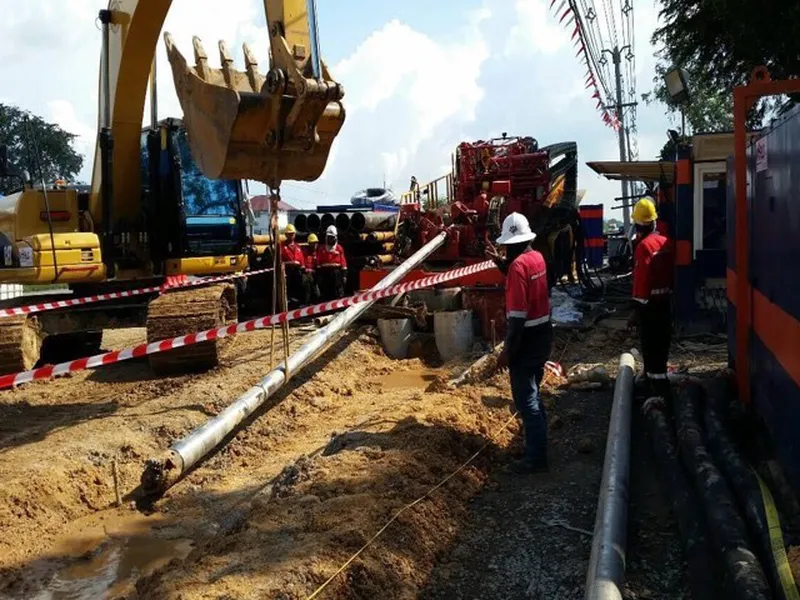
Xem thêm